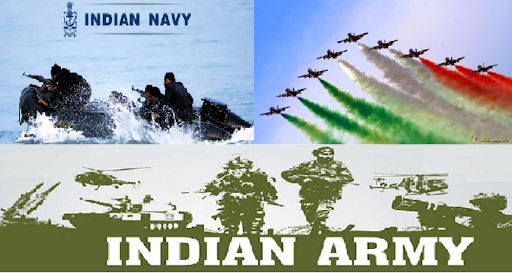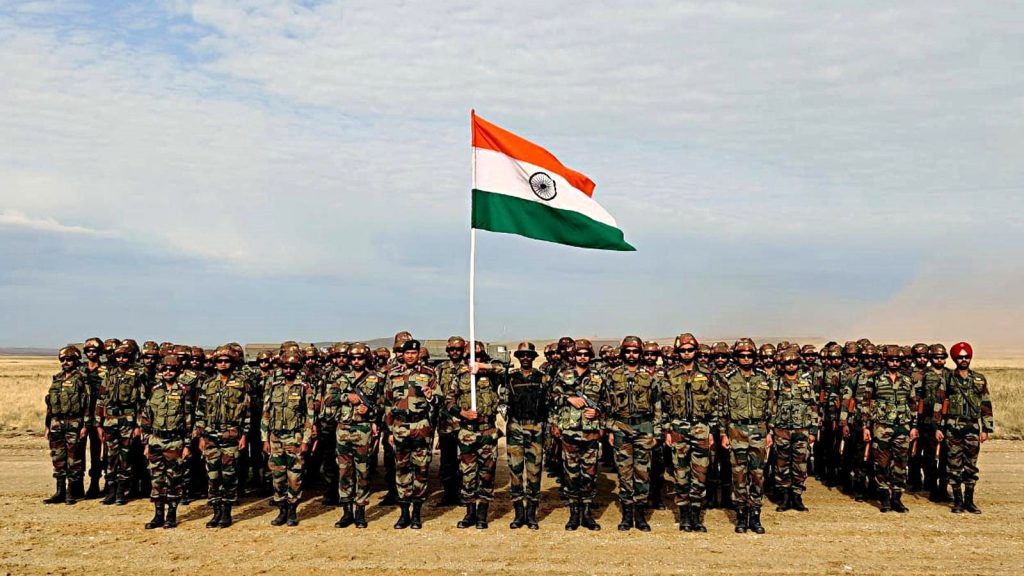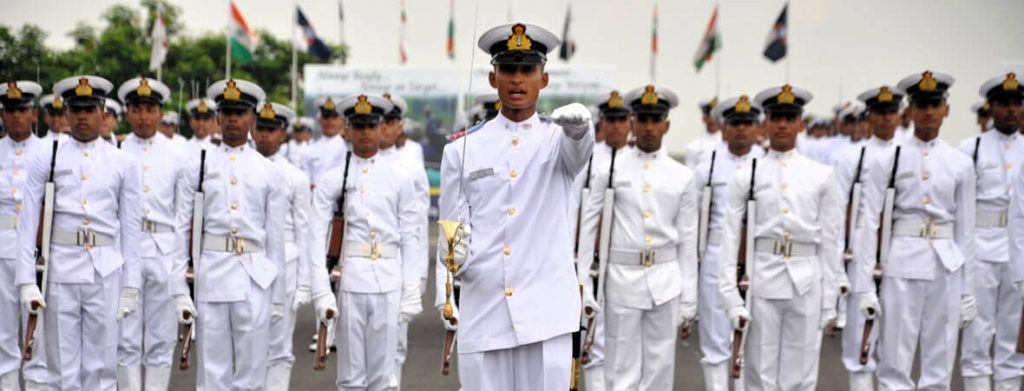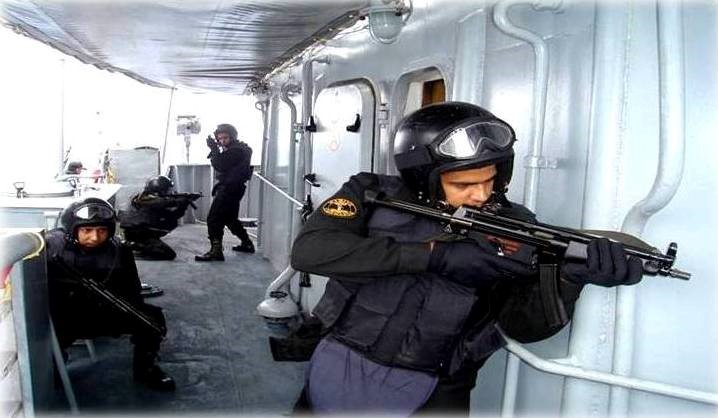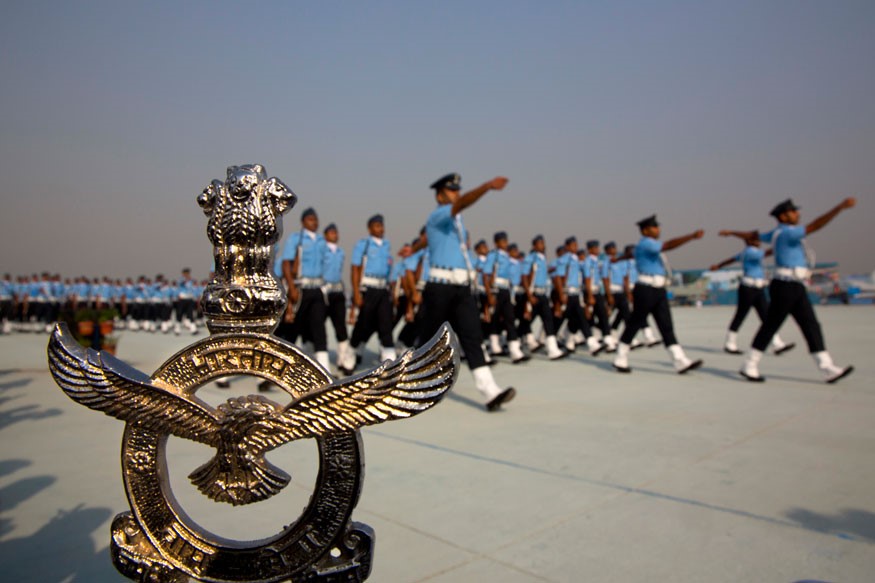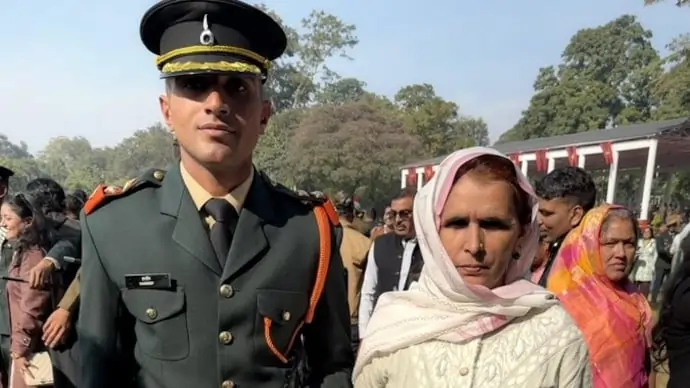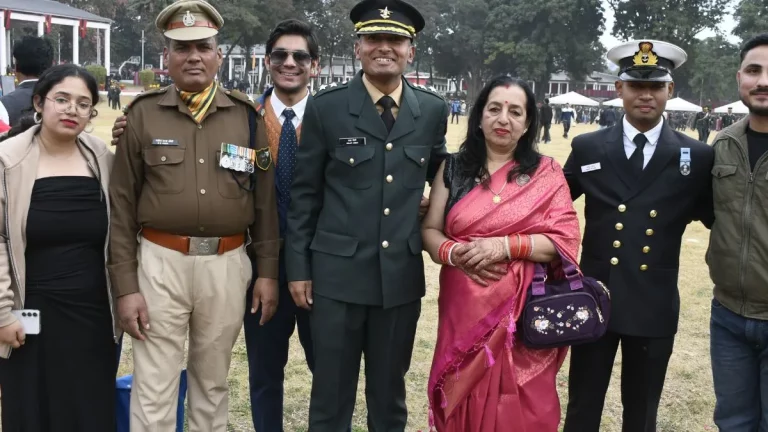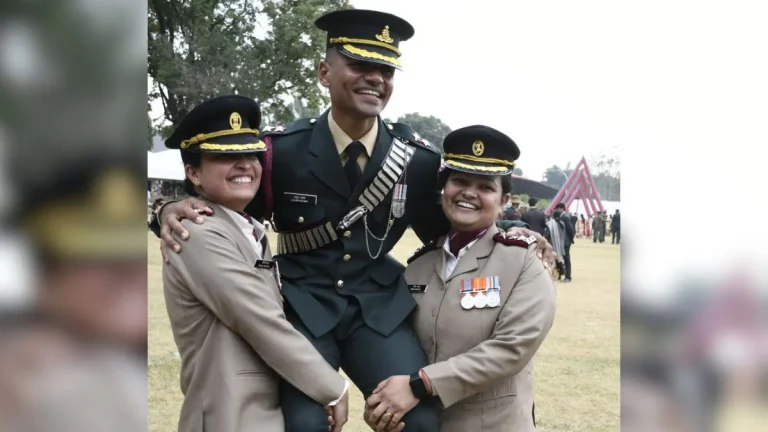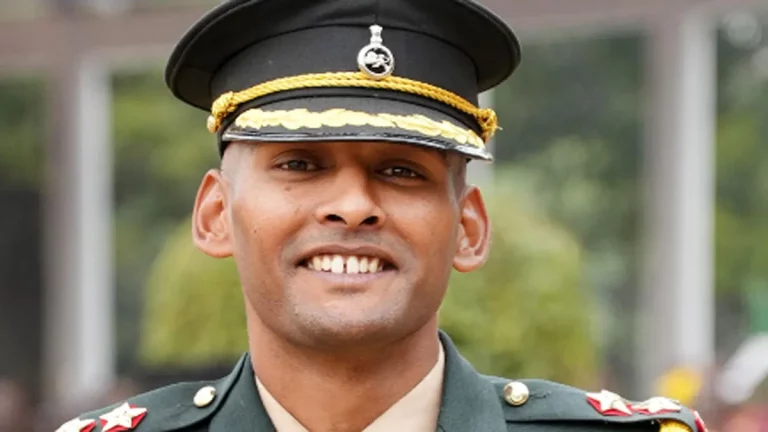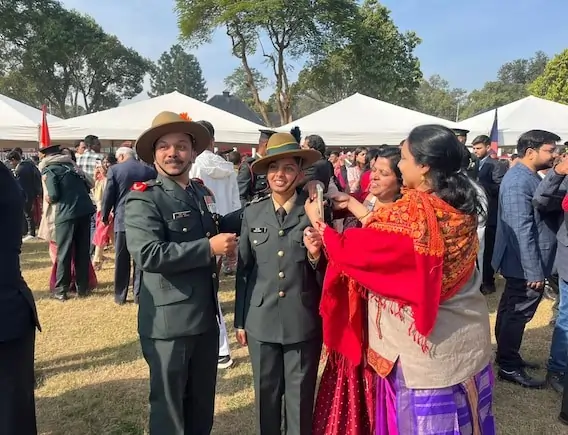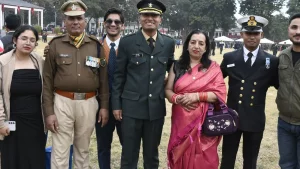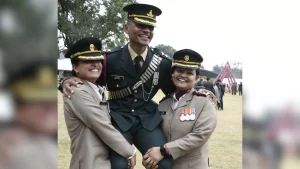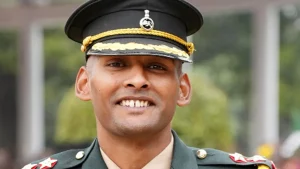The Indian Armed Forces, comprising the Indian Army, Indian Navy, and Indian Air Force, are the guardians of India’s sovereignty and territorial integrity. Each branch of the armed forces plays a distinct yet interconnected role in safeguarding the nation’s interests and ensuring its security. In this comprehensive article, we explore the roles and responsibilities of the Indian Armed Forces, highlighting their diverse functions and collective objectives.
Indian Army: Guardians of the Land
The Indian Army serves as the land component of the armed forces, tasked with defending India’s territorial integrity, upholding the Constitution, and preserving national interests. With its robust capabilities and unwavering commitment, the Indian Army fulfills a multitude of roles and responsibilities:
Defence and Deterrence
The primary role of the Indian Army is to defend the nation’s borders, deter external aggression, and maintain territorial integrity. It is deployed along India’s borders, including the Line of Control (LoC) with Pakistan and the Line of Actual Control (LAC) with China.
Counterinsurgency Operations
The Indian Army conducts counterinsurgency and counterterrorism operations in conflict-prone regions like Jammu and Kashmir and the Northeast to ensure internal security and combat insurgency.
Indian Armed Forces to Conduct Mega ‘Bharat Shakti’ Exercise in Jaisalmer
Humanitarian Assistance and Disaster Relief (HADR)
In times of natural disasters and emergencies, the Indian Army plays a vital role in providing humanitarian assistance and disaster relief. It extends support to civilians during floods, earthquakes, and other calamities, showcasing its commitment to civil assistance and national resilience.
What is Passing Out Parade in Indian Armed Forces?
Indian Navy: Guardians of the Seas
The Indian Navy operates as the maritime component of the armed forces, responsible for safeguarding India’s maritime interests, protecting sea lines of communication, and projecting power in the maritime domain. Its roles and responsibilities include:
Maritime Security
The Indian Navy is entrusted with safeguarding India’s maritime interests, protecting vital sea lanes of communication, and deterring threats in the Indian Ocean region. It conducts patrols and surveillance operations to maintain maritime security and combat maritime piracy.
Power Projection
With its fleet of ships and submarines, the Indian Navy projects power and influence in the region, contributing to regional stability and peace. It participates in joint exercises and collaborations with international navies to enhance maritime cooperation and security.
Anti-Piracy Operations
The Indian Navy actively participates in anti-piracy missions in piracy-prone regions like the Gulf of Aden, safeguarding shipping lanes and ensuring the safe passage of vessels. It conducts patrols and escorts merchant ships to counter piracy threats and maintain maritime security.
Indian Air Force: Guardians of the Skies
The Indian Air Force (IAF) serves as the aerial component of the armed forces, responsible for defending Indian airspace, providing aerial support to ground forces, and facilitating rapid mobility and transport. Its roles and responsibilities encompass:
Air Superiority
The primary mission of the Indian Air Force is to maintain air superiority and defend Indian airspace from aerial threats. It ensures the protection of vital installations, borders, and airspace sovereignty through round-the-clock surveillance and vigilance.
Airlift and Transport
The IAF provides airlift capabilities for military and humanitarian missions, both within the country and across borders. It conducts strategic airlift operations to transport troops, equipment, and supplies to distant locations, supporting military deployments and relief efforts.
Aerial Surveillance and Reconnaissance
The Indian Air Force conducts surveillance and reconnaissance operations to gather intelligence, monitor activities along the borders, and detect potential threats. It utilizes advanced aerial platforms and sensor systems to conduct surveillance missions and maintain situational awareness.
NDA 1 2024 Major Operations of Indian Armed Forces
NDA 1 2024 Top 20 MCQs on Missiles of Indian Armed Forces
Collective Objectives and Collaborative Efforts
Collectively, the Indian Armed Forces work towards upholding the Constitution, protecting national interests, and ensuring national defense preparedness. Their roles and responsibilities are interlinked, and their collaborative efforts are crucial for maintaining security, responding to crises, and safeguarding India’s sovereignty.
The doctrines and responsibilities of the Indian Army, Navy, and Air Force are aligned with India’s national security objectives, contributing to regional stability and global peacekeeping efforts. Through their determination, commitment, and cooperative approach, the Armed Forces strengthen India’s defense capabilities and uphold its status as a responsible global actor in the realm of security and defense.
FAQs
1. What are the primary components of the Indian Armed Forces?
The Indian Armed Forces comprise three primary components: the Indian Army, Indian Navy, and Indian Air Force. Each branch of the armed forces is responsible for specific roles and responsibilities related to national defense and security.
2. What is the role of the Indian Army?
The Indian Army serves as the land component of the armed forces and is tasked with defending India’s territorial integrity, upholding the Constitution, and preserving national interests. It plays a crucial role in border defense, counterinsurgency operations, and humanitarian assistance and disaster relief efforts.
3. What are the primary responsibilities of the Indian Navy?
The Indian Navy operates as the maritime component of the armed forces and is responsible for safeguarding India’s maritime interests, protecting sea lines of communication, and projecting power in the maritime domain. Its responsibilities include maritime security, power projection, and anti-piracy operations.
4. What is the role of the Indian Air Force?
The Indian Air Force (IAF) serves as the aerial component of the armed forces and is responsible for defending Indian airspace, providing airlift and transport capabilities, and conducting aerial surveillance and reconnaissance. It ensures air superiority, supports ground forces, and facilitates rapid mobility and response.
5. How do the Indian Armed Forces collaborate during crises and emergencies?
During crises and emergencies, the Indian Armed Forces collaborate closely to ensure a coordinated and effective response. They work together to provide humanitarian assistance and disaster relief, maintain internal security, and respond to external threats. Joint exercises, training programs, and interoperability initiatives enhance their ability to work seamlessly together.
6. What is the significance of the Indian Armed Forces in national security?
The Indian Armed Forces play a vital role in safeguarding India’s sovereignty, territorial integrity, and national interests. They deter external aggression, maintain internal security, and contribute to regional stability and peacekeeping efforts. Their readiness and preparedness are essential for ensuring the security and well-being of the nation and its citizens.
7. How can individuals contribute to the Indian Armed Forces?
Individuals can contribute to the Indian Armed Forces by joining as officers or personnel in various branches and services. They can also support the armed forces through civilian roles, such as working in defense research and development organizations, providing logistical support, or participating in voluntary initiatives to support veterans and their families.
8. What are some recent initiatives or developments in the Indian Armed Forces?
Recent initiatives in the Indian Armed Forces include modernization programs, technology advancements, and strategic partnerships with other countries. These efforts aim to enhance operational capabilities, improve readiness, and address emerging security challenges in the contemporary geopolitical landscape.
